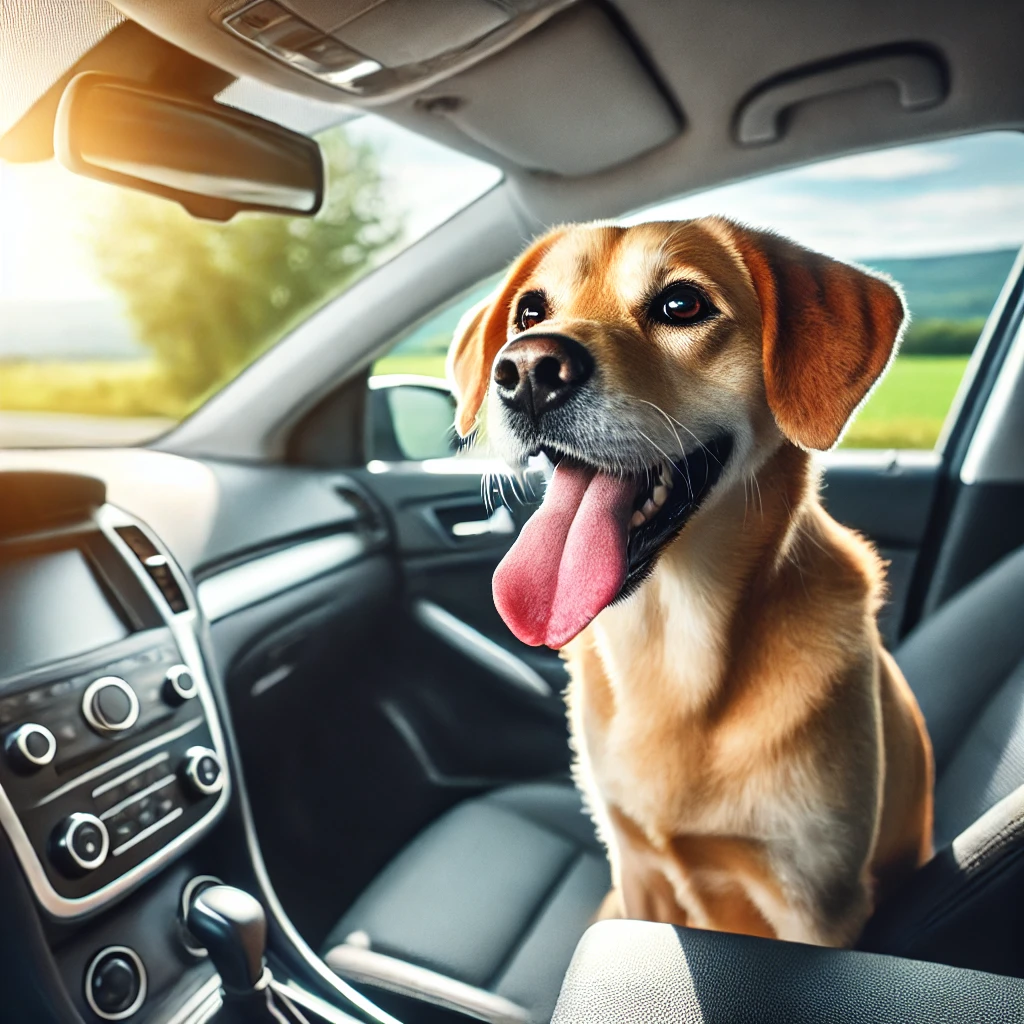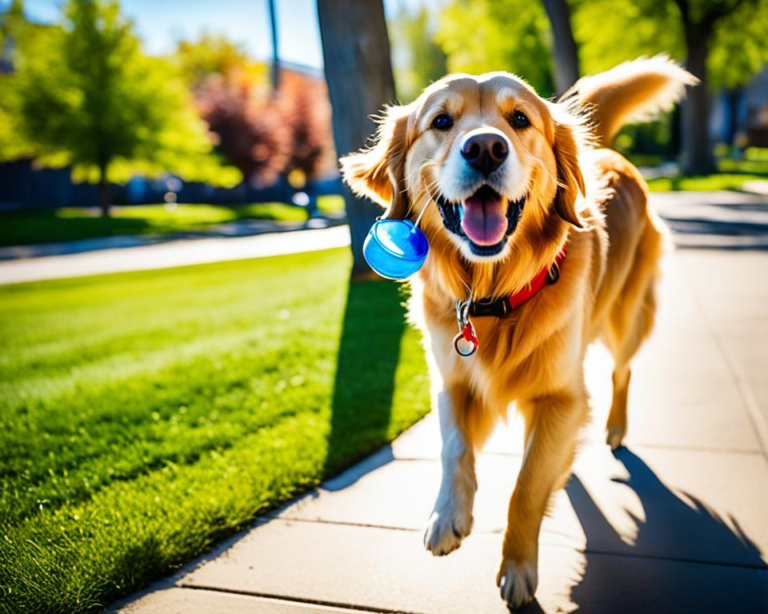Dogs panting in cars is a common sight for pet owners, but many wonder about the reasons behind this behavior. Whether you’re taking your furry friend on a short trip to the vet or embarking on a long road adventure, understanding why dogs pant in the car can help ensure their comfort and safety.
“When it comes to car travel, a dog’s panting is their way of communicating. Learning to read this behavior is essential for any responsible pet owner who wants to make travel less stressful and more enjoyable for their canine companion.” — Dr. Alexandra Horowitz, author of “Inside of a Dog: What Dogs See, Smell, and Know”
Natural Cooling Mechanism
The primary reason dogs pant in the car is to regulate their body temperature. Unlike humans who cool down by sweating, dogs have limited sweat glands (mainly in their paw pads). Panting is their most effective method of thermoregulation, allowing them to exchange warm air from their lungs with cooler external air.
In cars, this natural cooling process often goes into overdrive because:
- Vehicles heat up quickly, especially when parked in the sun
- The enclosed space limits air circulation
- Glass windows create a greenhouse effect, trapping heat
Anxiety and Stress
Many dogs associate car rides with stressful destinations like the veterinarian. This anxiety can trigger panting as part of their stress response. Signs that your dog’s panting is anxiety-related include:
- Excessive drooling
- Restlessness or inability to settle
- Whining or barking
- Trembling or shaking
For some dogs, the motion and unfamiliar sensations of driving can create a form of motion sickness, leading to increased panting and discomfort.
Excitement
Not all panting is negative! Many dogs absolutely love car rides and pant from pure excitement. Happy panting is usually accompanied by:
- Relaxed body language
- Alert, interested expression
- Tail wagging
- Eager window-watching
When to Be Concerned
While panting is normal, excessive or unusual panting in the car might indicate problems:
- Heavy, labored breathing that doesn’t subside
- Blue or pale gums
- Extreme lethargy or weakness
- Collapse or disorientation
These symptoms could signal heatstroke, which requires immediate veterinary attention.
Tips to Keep Your Dog Comfortable
To reduce unnecessary panting and ensure your dog’s comfort:
- Never leave your dog unattended in a parked car, even with windows cracked
- Use sun shades on windows to reduce heat
- Ensure proper ventilation with slightly open windows or air conditioning
- Provide access to fresh water during longer trips
- Take regular breaks for exercise and bathroom needs
- Consider using a secured crate or dog seat belt for safety and comfort
- For anxious dogs, try gradual desensitization with positive reinforcement
Conclusion
Understanding why dogs pant in the car helps pet owners distinguish between normal cooling behaviors and potential signs of distress. By recognizing your dog’s specific needs and taking appropriate precautions, you can make car travel a safer and more enjoyable experience for your canine companion.



